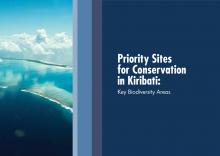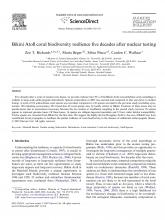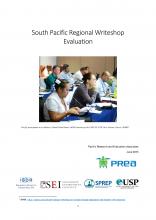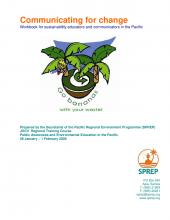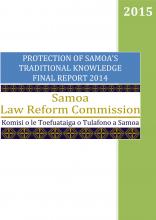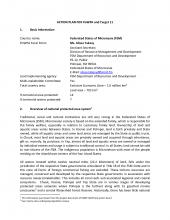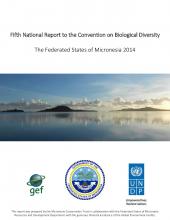Fifth National Report to the Convention on Biological Diversity - The Federated States of Micronesia
Federated States of Micronesia Government
2014
The Federated States of Micronesia (FSM) is pleased to present this 5th National Report to the Convention on Biological Diversity (CBD). Our country is comprised of four States, Yap, Chuuk, Pohnpei, and Kosrae, and contains 607 islands stretching across almost 3 million square kilometers of the Pacific. There are five primary governing structures within the FSM, the National government and the four State governments. Responsibilities for managing natural resources and the environment are shared between private resource owners, the States, and the National level. As such, this report reflects progress towards National biodiversity objectives as well as objectives set in each of the four States. The report was prepared through a collaborative process. The primary method of data collection to inform the report was a series of five two-day stakeholder workshops held in each of the four States of FSM, and one at the National level. These workshops were augmented with individual meetings. Over a three month period the report team met with over 100 biodiversity conservation stakeholders including representatives from about 70 National and State government resource management agencies, local non-governmental organizations (NGOs), members of communities, traditional leaders, educational institutions, the private sector, and regional and international conservation organizations. Please see Appendix I for information about the dates of the workshops, the agenda, and the list of stakeholders involved.
